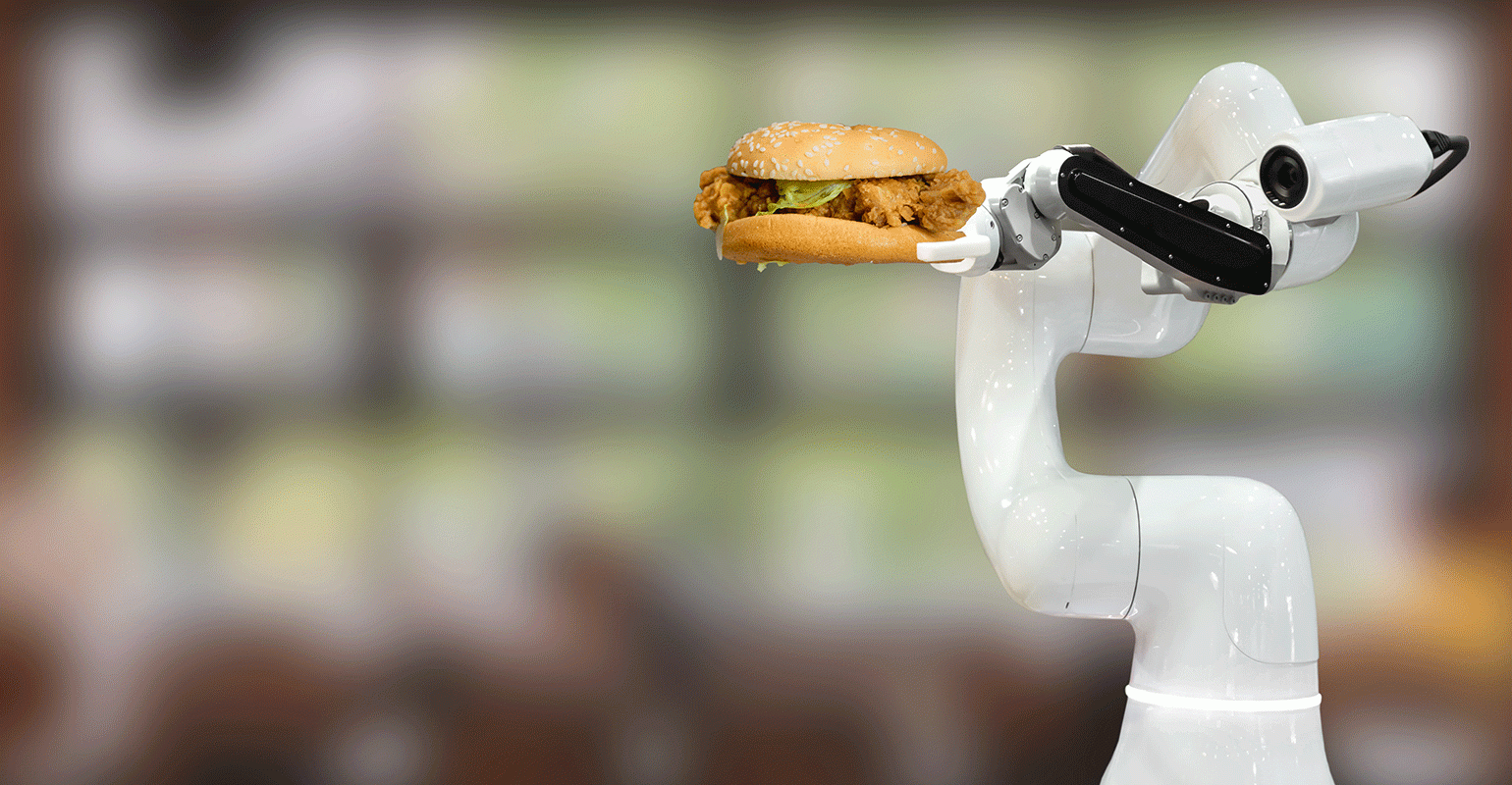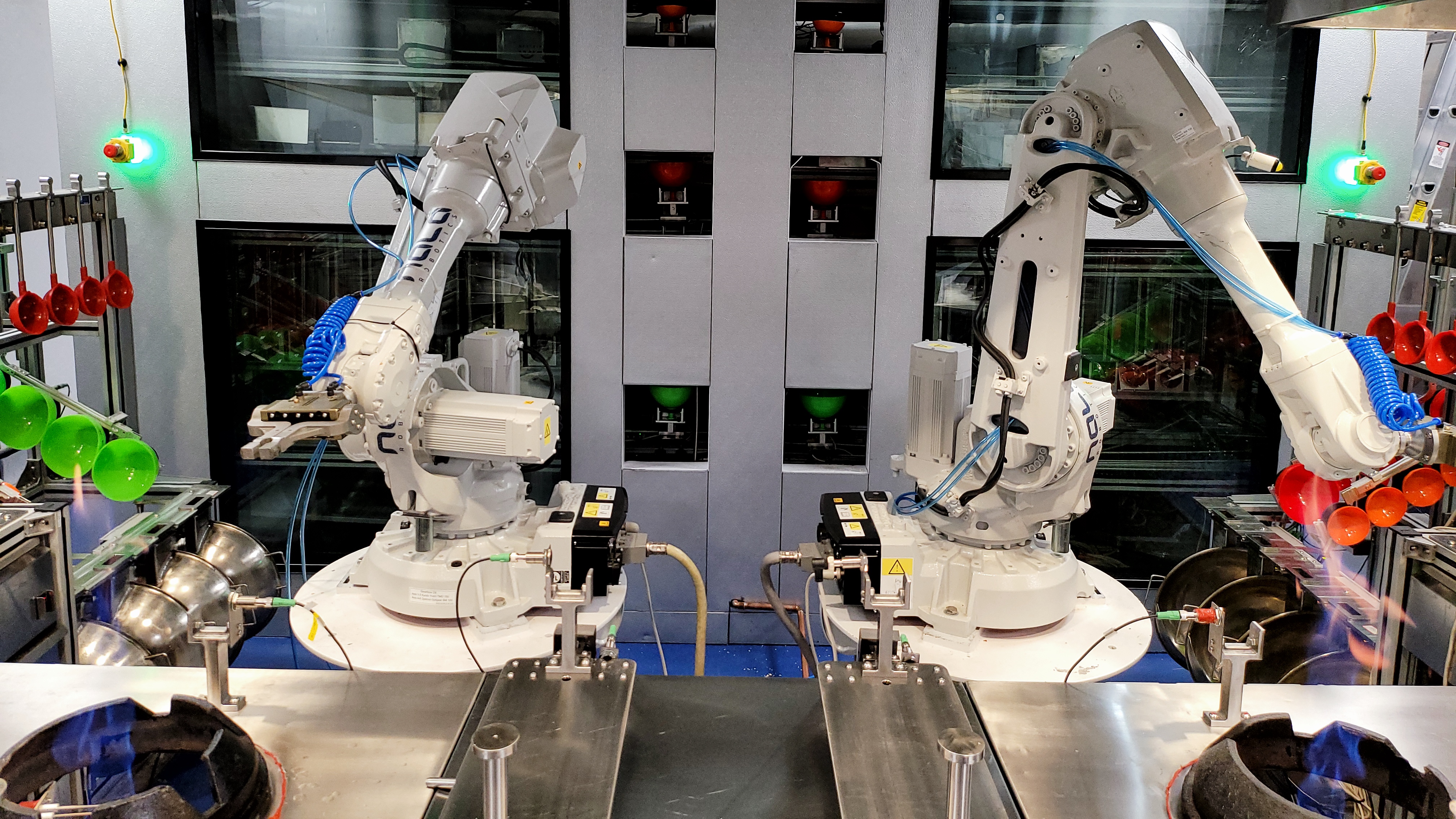The use of an ai delivery robot in the restaurant industry has been rising, leading to whether these machines can provide personalized customer experiences. Integrating technology in the food industry offers numerous benefits, including increased efficiency and accuracy; however, the personal touch that comes with human interaction is something that AI robots are yet to master.
In this article, we’ll explore the advantages and limitations of AI delivery robots in providing personalized customer experiences and look at potential solutions to enhance their capabilities.
Advantages of AI Delivery Robots in Restaurants
Integrating AI delivery robots in restaurants offers numerous benefits, including increased efficiency and speed of service. These robots can handle multiple orders simultaneously, reducing wait times and improving customer satisfaction. Furthermore, they are equipped with sophisticated technology that enables them to take orders accurately and deliver food, reducing the likelihood of mistakes and human error.
The ai delivery robot Lucki is a pro regarding food delivery and promotion. Equipped with the latest technology and attributes, it only helps to make the life of the restaurant owner easier by helping them do so many tasks simultaneously at one time rather than any other worker, which might take longer. For instance, it will take orders much more quickly. They are also equipped to deal with and help with other aspects of the restaurant. It is a productive delivery robot that raises client perceptions of value, psychological safety, and customer satisfaction. Also, it has a proven 97% customer satisfaction and can offer multiple delivery modes per the customers, so it can serve them clean and hot food while keeping them equally entertained. It is surely a restaurant’s intelligent upgrade.
Limitations of AI Delivery Robots in Terms of Personalization

However, despite their numerous benefits, AI delivery robots still face limitations when providing personalized customer experiences. One of the biggest limitations is the lack of emotional intelligence and human connection. These robots cannot understand and respond to non-verbal cues, making it difficult to connect with customers and provide a personalized experience. Additionally, AI delivery robots struggle to adapt to individual preferences and changing circumstances, making it difficult to provide customized recommendations or suggestions.
Potential Solutions to Enhance Personalization with AI Delivery Robots
Several potential solutions can be implemented to enhance the personalization capabilities of AI delivery robots. One solution is integrating customer data and preference profiles, allowing the robots to understand individual customers and provide personalized experiences. Understanding customer behaviour through machine learning algorithms can also enhance the personalization capabilities of AI delivery robots. Additionally, voice recognition and natural language processing technology can help these robots better understand and respond to customer requests, improving their overall personalization capabilities. Finally, incorporating customer feedback can help improve the personalization capabilities of AI delivery robots continuously.
Conclusion
While AI delivery robots offer numerous benefits to the restaurant industry, they still face limitations when providing personalized customer experiences. However, implementing innovative solutions can overcome these limitations, allowing AI delivery robots to provide customers with personalized and enjoyable experiences. Technology integration in the food industry and with continued advancements offers endless possibilities.

